Imaginings
stories, creative nonfiction, poetry, and other imaginative accounts of the natural world
-
Beyond Denial and Anger: How Journalists and Scientists can Collaborate for Better Communication

By: Rosalind Margaret Donald In the early months of 1999, the UK press traded headlines for and against the use of genetically modified crops. A circulation war had escalated to ecstatic heights, peaking in February with the Daily Express’s headline “MUTANT CROPS COULD KILL YOU.” Questioned a few months after the frenzy was over, in the…
-
Green Talks: Barbro Soller and the Emergence of Modern Environmentalism in 1960s Sweden
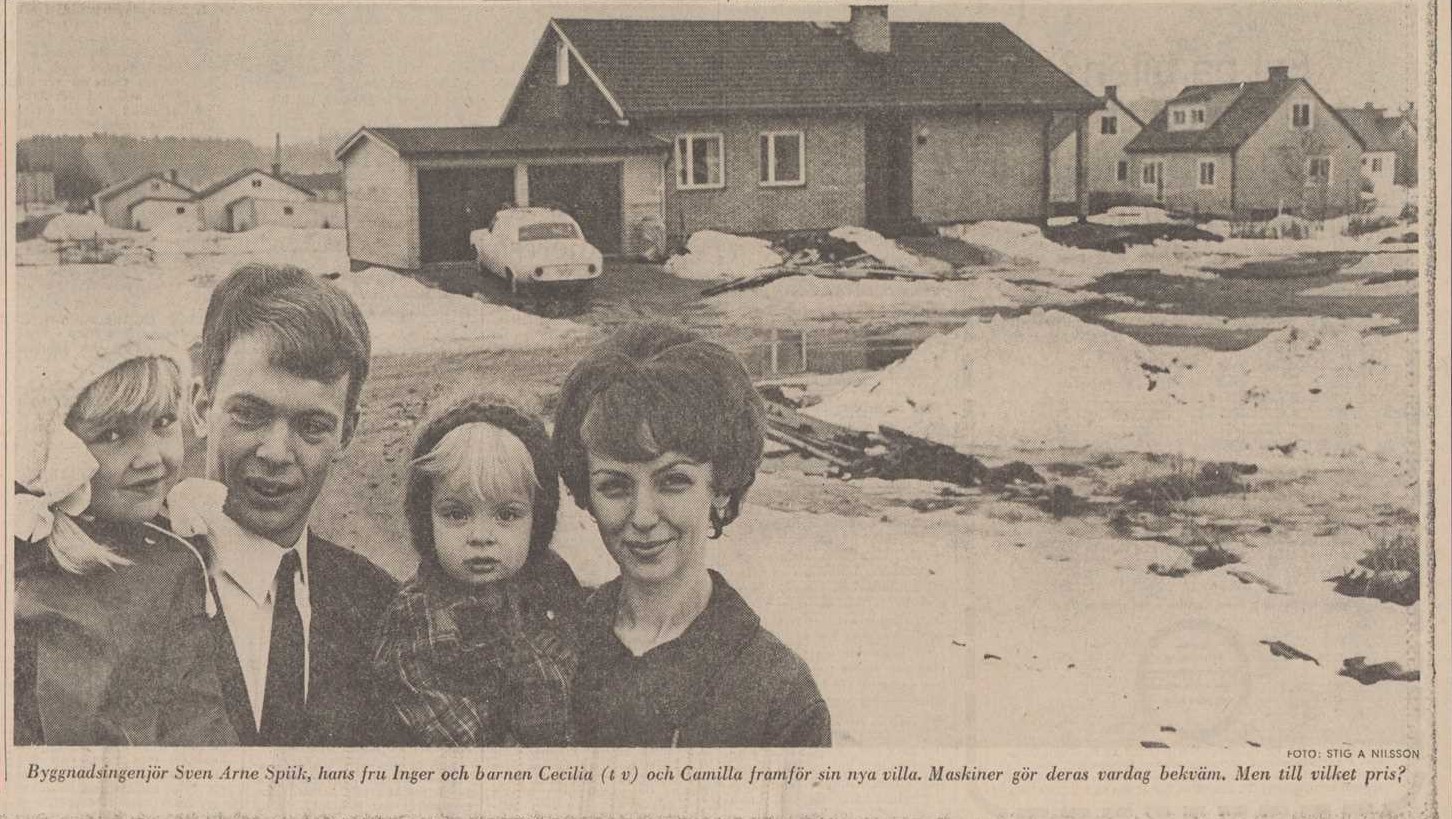
*Featured image: The modern villa family, on the front page of the Dagens Nyheter newspaper, 4 November 1968. ©Dagens Nyheters digital archive, used with kind permission. By David Larsson Heidenblad The historiography of modern environmentalism revolves around scientists, intellectuals, activists, and politicians. Hence, we know much about the likes of Rachel Carson and Barry Commoner, the formation…
-
Green Talks: Looking Behind the Scenes of Environmental Journalism

In this new series edited by Maximilian Feichtner, Jonas Stuck, and Ayushi Dhawan of the DFG Emmy-Noether Research Group Hazardous Travels. Ghost Acres and the Global Waste Economy, the authors take a look into the role of environmental journalism in communicating science and spurring change, as well as the challenges journalists face in documenting and…
-
USES OF ENVIRONMENTAL HUMANITIES: BETHANY WIGGIN
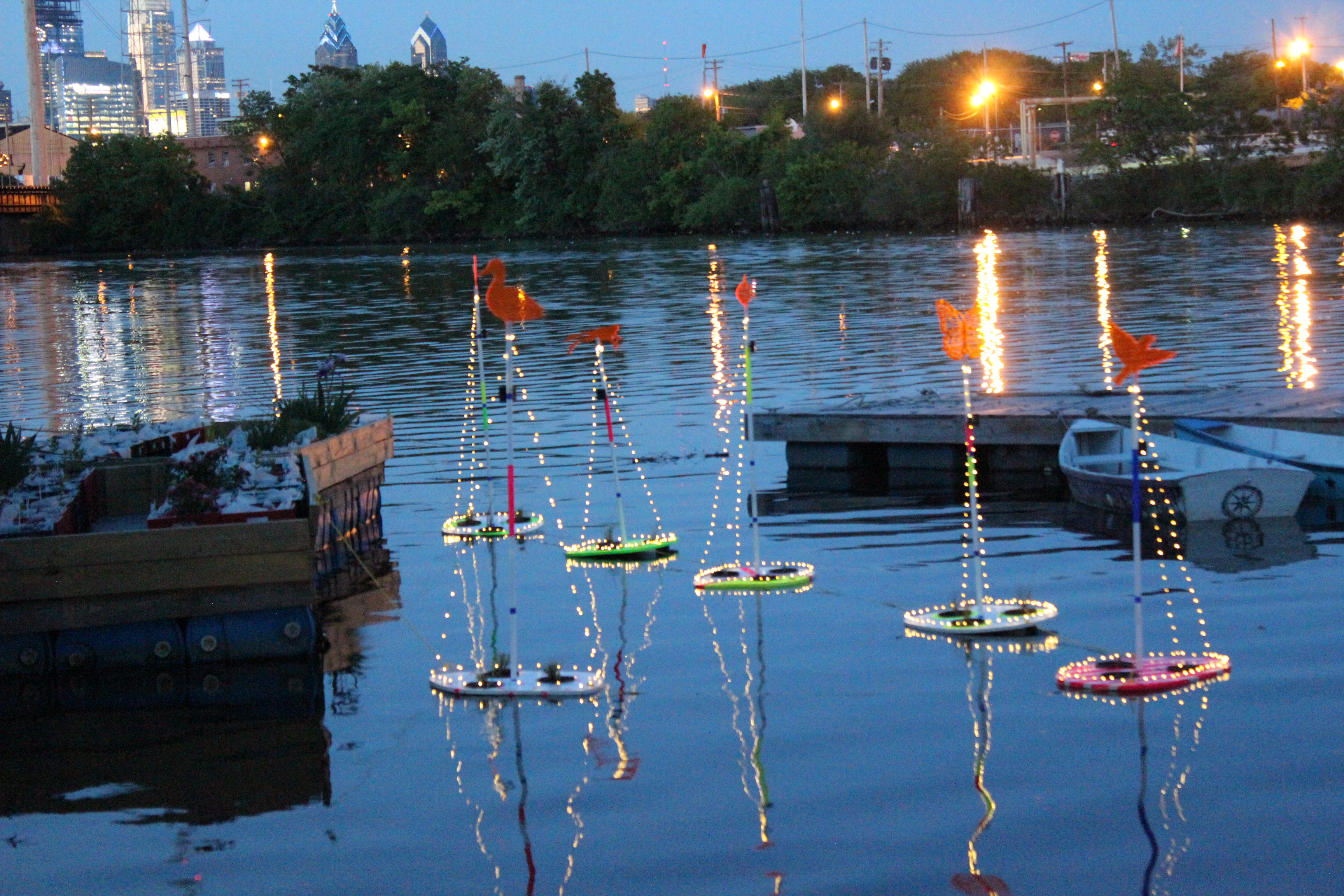
The Uses of Environmental Humanities series explores diverse and creative ways of thinking with the Environmental Humanities in responding to socio-environmental challenges. Contributors address the influence of the Environmental Humanities and ways in which we might use this field of study, offering insights into the interactions between societies, science, politics, and culture. The series is…
-
2020 Visions for Environmental History: Making Environmental History as Global as Possible
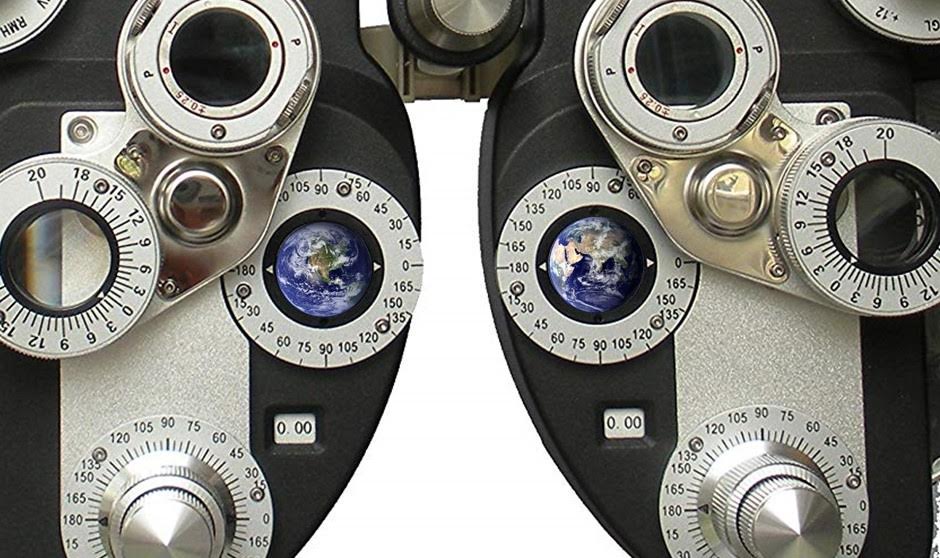
This is the third post in a series on “2020 Visions for Environmental History” being published jointly by NiCHE’s blog The Otter ~ La loutre and Rachel Carson Center’s blog Seeing the Woods, with posts by Lisa Mighetto, Alan MacEachern, Arielle Helmick, and Claudia Leal. The series developed alongside a session of the same name at the World Congress for Environmental History in late July.…
-
In Conservative Bavaria, Citizens Force Bold Action on Protecting Nature
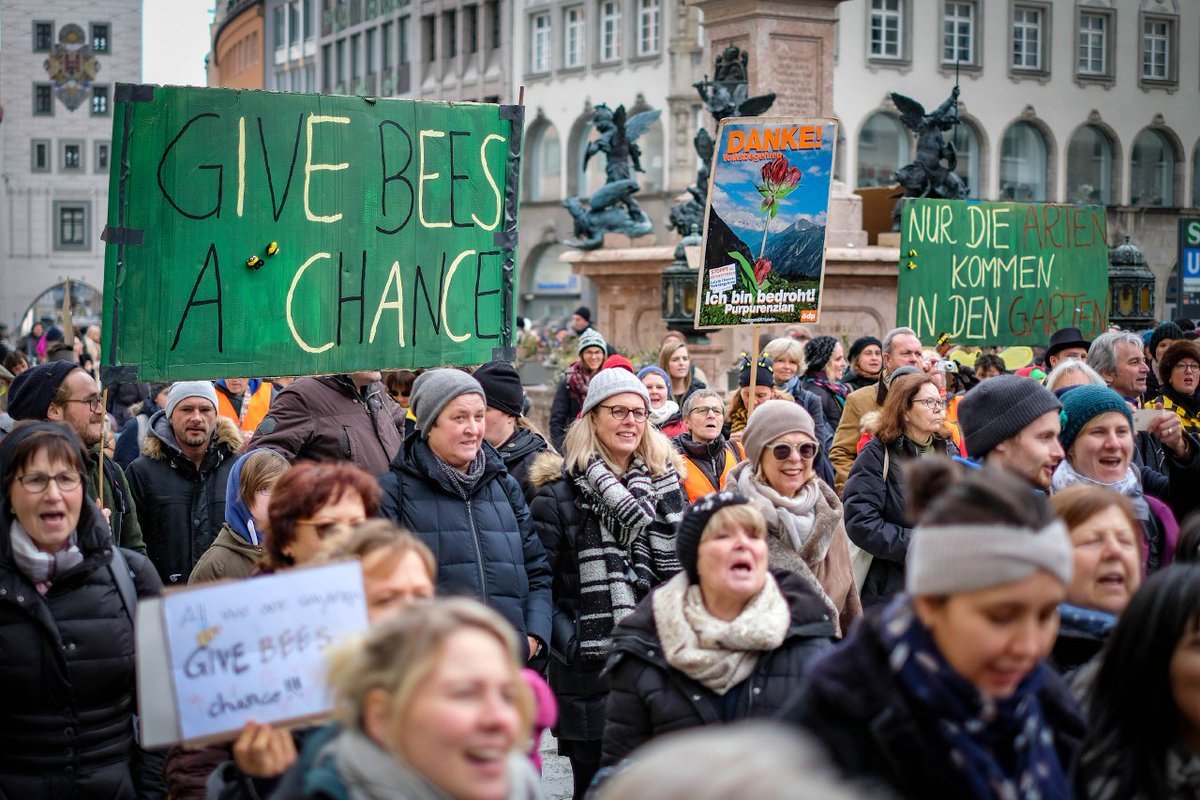
By Christian Schwägerl Alarmed at steep declines in insects and wildlife, Bavarian voters backed a referendum aimed at changing destructive farming practices and repairing damaged ecosystems. Now, Bavaria’s initiatives are inspiring other German states to move to stem the loss of biodiversity.
-
2020 Visions for Environmental History: Well-Grounded

This is the second post in a series on “2020 Visions for Environmental History” being published jointly by NiCHE’s blog The Otter ~ La loutre and Rachel Carson Center’s blog Seeing the Woods, with posts by Lisa Mighetto, Alan MacEachern, Arielle Helmick, and Claudia Leal. The series is intended to promote discussion at a session of the same name at the World Congress…
-
2020 Visions for Environmental History: The Trouble with Conferences (Part 1)

This is the first post in a series on “2020 Visions for Environmental History” being published jointly by NiCHE’s blog The Otter ~ La loutre and Rachel Carson Center’s blog Seeing the Woods, with posts by Lisa Mighetto, Alan MacEachern, Arielle Helmick, and Claudia Leal. The series is intended to promote discussion at a session of the same name at the World Congress…
-
The Schaus Swallowtail
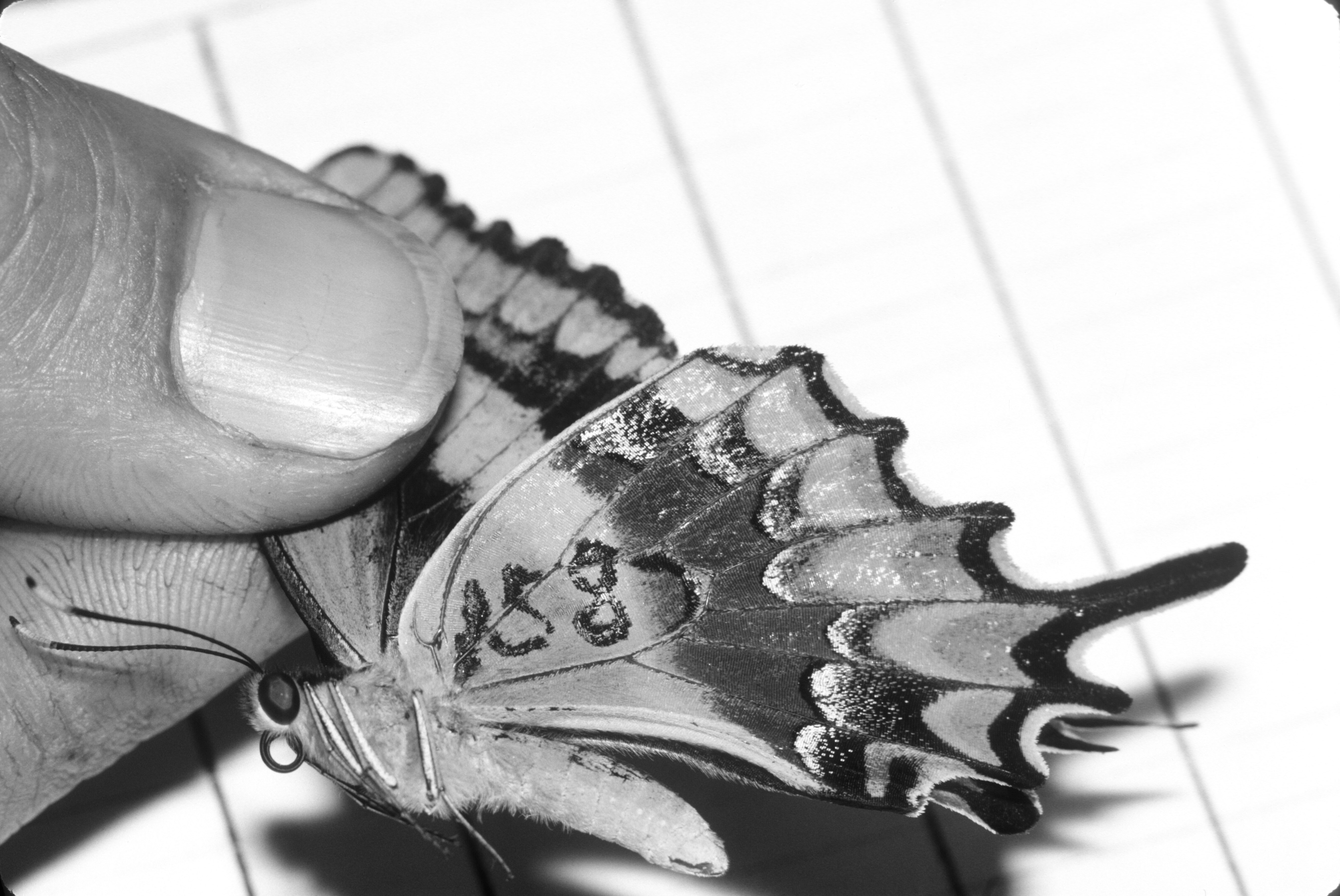
By Irus Braverman Thomas Emmel, now a retired University of Florida professor, directed the captive breeding project for more than twenty years. Establishing the program cost $50,000 (“these butterflies are damn expensive,” says Kierán Suckling5), obtained largely from federal sources.
